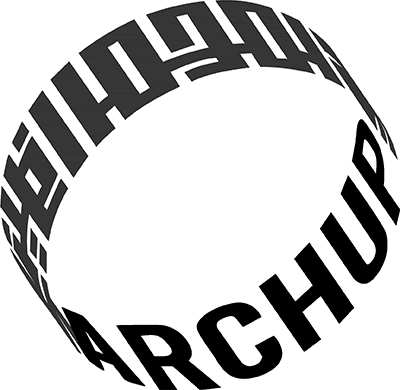The garment business is being revolutionized by a new material derived from tea waste.
Instead of using typical leather, Wastea cleverly recycles tea trash that would otherwise be burned or dumped in landfills.
A fascinating challenge for product, fashion, and interior designers, discovering new ways to express creativity via materials without damaging the environment or animals has now practically become a daily task for many professions. The novel substance Wastea, created by the Turkish business Scays Group, is also utilized in this scenario.
The industry has concentrated efforts to create more environmentally friendly and animal-free substitutes that offer the same mechanical performances and aesthetics as leather while also mimicking its appearance, feel, warmth, and perception as a strong, valuable, and durable material.
This sparked the production of numerous varieties of synthetic leathers made from chemical compounds, which in turn helped sell a variety of fabrics coated with PVC or synthetic PU.

transforming challenges into chances
The company that developed the Wastea material, Scays Group, focuses in developing circular and sustainable solutions for numerous industries. Erdem Dogan, a driven entrepreneur who wished to have a positive impact on the world, launched it in 2015.
His goal is to turn trash into value and produce goods that are not only aesthetically pleasing and useful. But also morally and environmentally responsible. Particularly Wastea is produced from tea waste that would typically be disposed of in landfills or incinerators.
Tea waste is a major issue worldwide since it consumes 10% of the world’s total tea production and has a significant negative influence on the environment due to its water use, carbon footprint, and frequent presence of chemical residues.
Through the use of a patented method that blends tea waste into a robust, adaptable, and breathable material that resembles leather, Scays Group identified an opportunity to solve this issue.

Traditional leather versus wastea
Compared to traditional leather, this innovative material has a number of benefits, including:
- It has a rating of fire resistance.
- Due to the fact that no animals are mistreated or killed during manufacture, it is vegan and animal-friendly.
- It contains a natural layer that deters liquids and dirt, making it water- and stain-resistant.
- It is flexible and adaptable since it can be colored, printed, embossed, or sewn to create the desired design. It is lightweight and pleasant because it conforms to the shape and temperature of the body. Additionally, the fabric contains bio-based polyurethane (Bio Polyole), increasing the material’s entire bio-based composition from 45% to 95%.

Which industries are it suited for?
Numerous fashion companies and designers have already taken notice of Wastea and used it to produce gorgeous items. Like bags, shoes, jackets, wallets, belts, and more. However, as this material is ideal for furniture, interiors, and the automotive industry, there is room for further application scenarios.
Furthermore, Scays Group is able to separate the various layers of Wastea and upcycle the material as a new resource for other goods. Because to its experience in the textile industry and the most up-to-date technology.
The material’s backing, which is the bottom fabric basis, is recovered and used to create new fabrics.
The top layer is broken down into tiny pieces and combined with cement and other natural components to produce Wasmen. An innovative cement substitute with a variety of unique properties.

Positive benefits on the community and the circular economy
Wastea is an excellent pick for anyone who enjoys fashion and wants to feel good about their decisions. It is also a fantastic illustration of how creativity and invention can be used to address some of the most important problems in the modern world.
By incorporating Wastea into their design, they could advance not just a social cause that empowers tea farmers and employees who gain from the fair trade of the secondary resources that are used in their production but also a circular economy that minimizes waste and emissions.

Finally, find out more architecture news.


 العربية
العربية